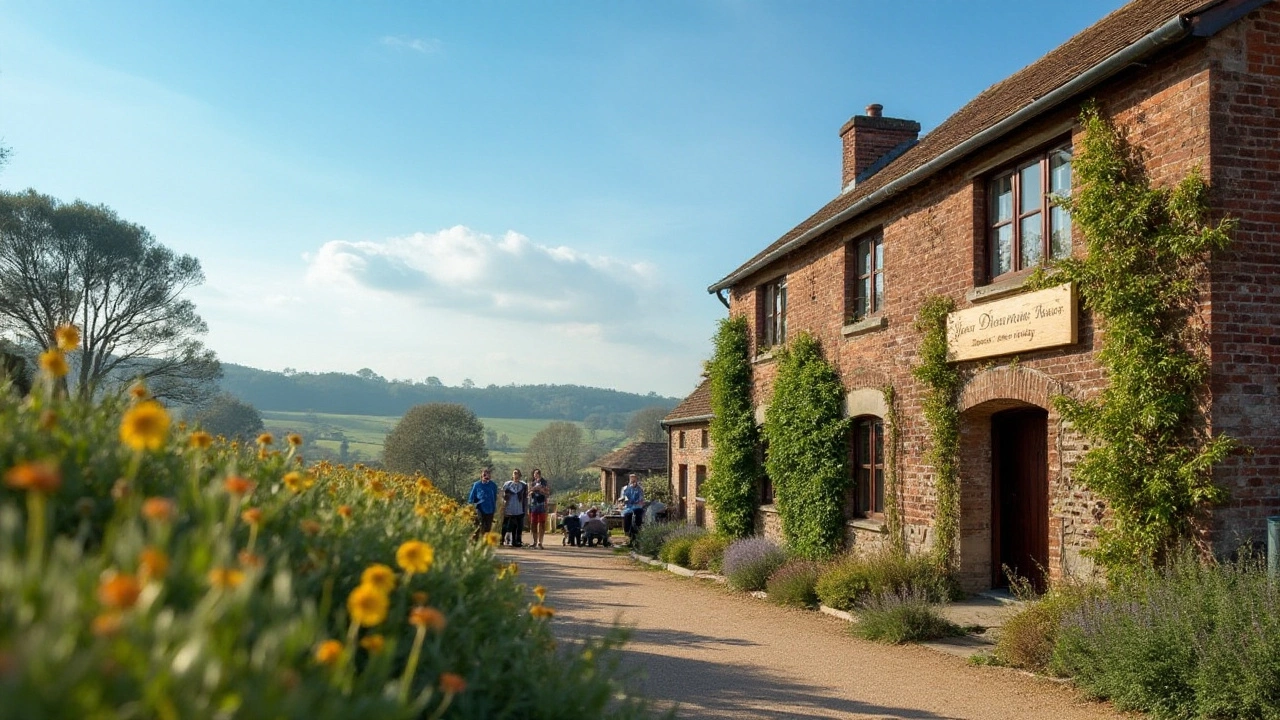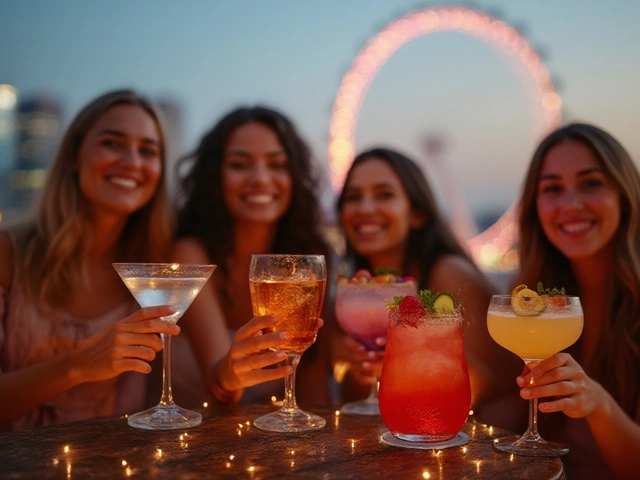Gin Production Explained: From Botanicals to Bottles
If you’ve ever wondered what actually goes into that crisp, aromatic spirit in your cocktail, you’re in the right place. Gin starts with a simple base spirit and a mix of botanicals that give it its signature flavor. Below is a down‑to‑earth walk‑through of how gin is made, so you can appreciate each sip a little more.
1. The Base Spirit: Neutral grain or malt
The first step is creating a neutral spirit. Distilleries usually use grain mash (like corn, wheat or barley) that’s fermented into a low‑alcohol wash. This wash is then distilled one or more times to strip out most flavors, leaving a clean, high‑proof spirit that serves as a blank canvas.
Some craft producers skip the grain and start with a vodka‑style base, but the goal is the same – a nearly flavorless alcohol that will let the botanicals shine.
2. Adding Botanicals: The heart of gin
Botanicals are the herbs, spices, fruits and roots that define a gin’s character. Juniper berries are mandatory – they give gin its piney backbone. Other common picks include coriander seed, angelica root, citrus peels, cardamom, and even floral notes like lavender or rose.
There are two main ways to introduce these flavors:
- Steeping: The botanicals sit in the base spirit for a few hours or overnight. This extracts flavors before the spirit enters the still.
- Vapor infusion: Botanicals sit in a basket above the boiling spirit. As the alcohol vapor rises, it passes through the botanicals, picking up aromas on the way.
Distilleries choose the method that best matches their flavor goals. Vapor infusion often gives a brighter, more aromatic profile, while steeping can produce deeper, richer notes.
3. Distillation: Turning flavor into gin
With the botanicals ready, the mixture goes into a copper pot still. Copper helps remove unwanted sulfur compounds, keeping the final spirit smooth. The still is heated, and alcohol vapor rises, carrying the botanical oils.
When the vapor condenses back into liquid, you have true gin. The proof at this stage can be anywhere from 70% to 95% ABV. Most producers then dilute it with filtered water to the standard 40–45% ABV before bottling.
Some brands perform a second distillation, known as “double‑distilled gin,” to achieve extra purity and a cleaner mouthfeel.
4. Finishing touches: Filtration and bottling
Before the gin meets the market, many distilleries filter it through charcoal or other media to remove any lingering haze. This step is optional; some craft producers leave the gin unfiltered for a fuller texture.
Finally, the gin is bottled, labeled, and shipped. Small batches often carry the distiller’s signature on the label, highlighting the unique botanical blend.
Now you know the basic roadmap from grain to glass. The next time you swirl a gin‑and‑tonic, you can point out the juniper, the citrus zest, and the copper still that made it all happen. Cheers to a spirit that’s as much about craft as it is about cocktail fun!
Gin distilleries have seen a remarkable boom in recent years, with an increasing number sprouting across the globe. From small craft gin producers to large, well-established distilleries, gin enthusiasts are spoiled for choice. This article delves into the fascinating world of gin production and highlights the sheer diversity and creativity found within this spirit industry. With insights into the distillation process and tips on visiting these distilleries, readers will gain a deeper appreciation for the craftsmanship behind their favorite gin.
View Details

